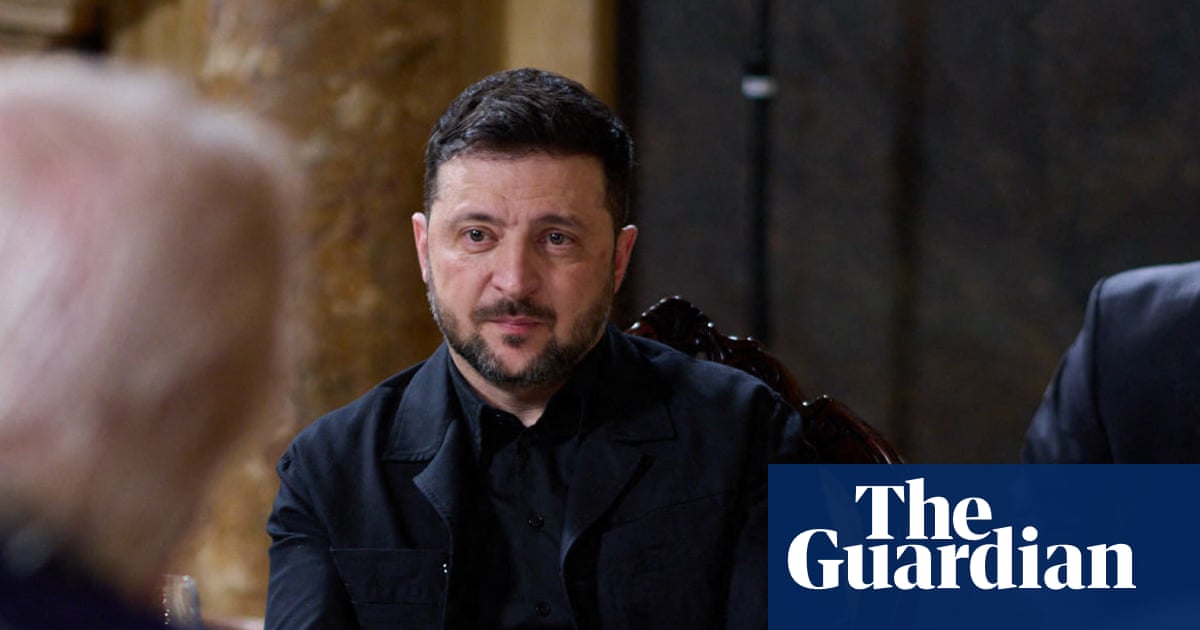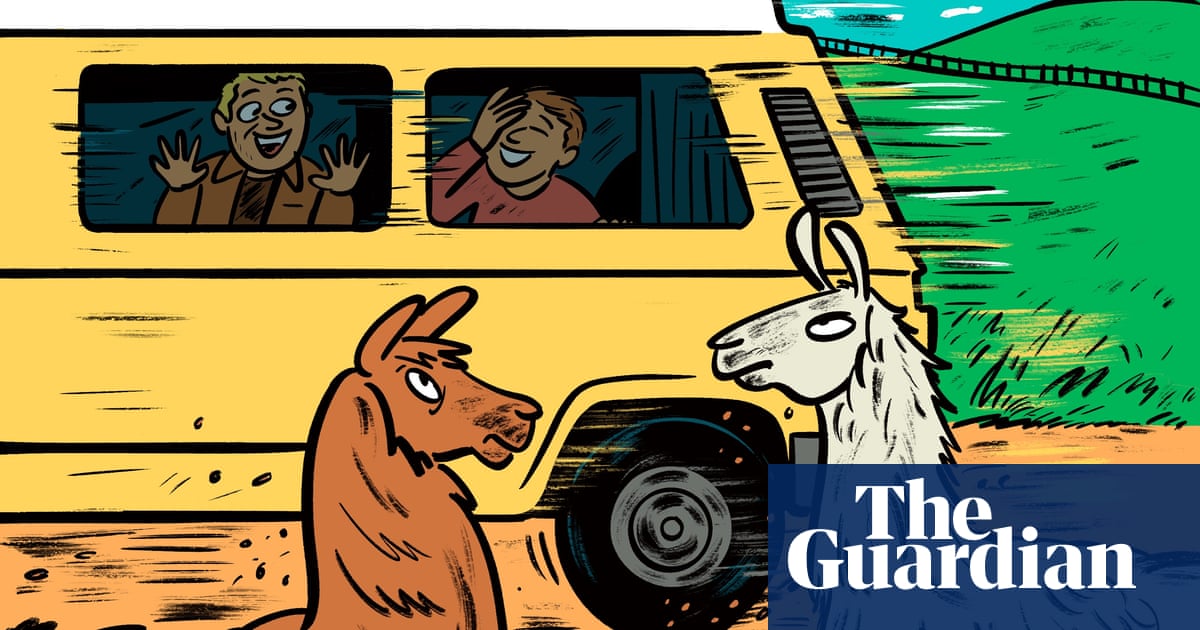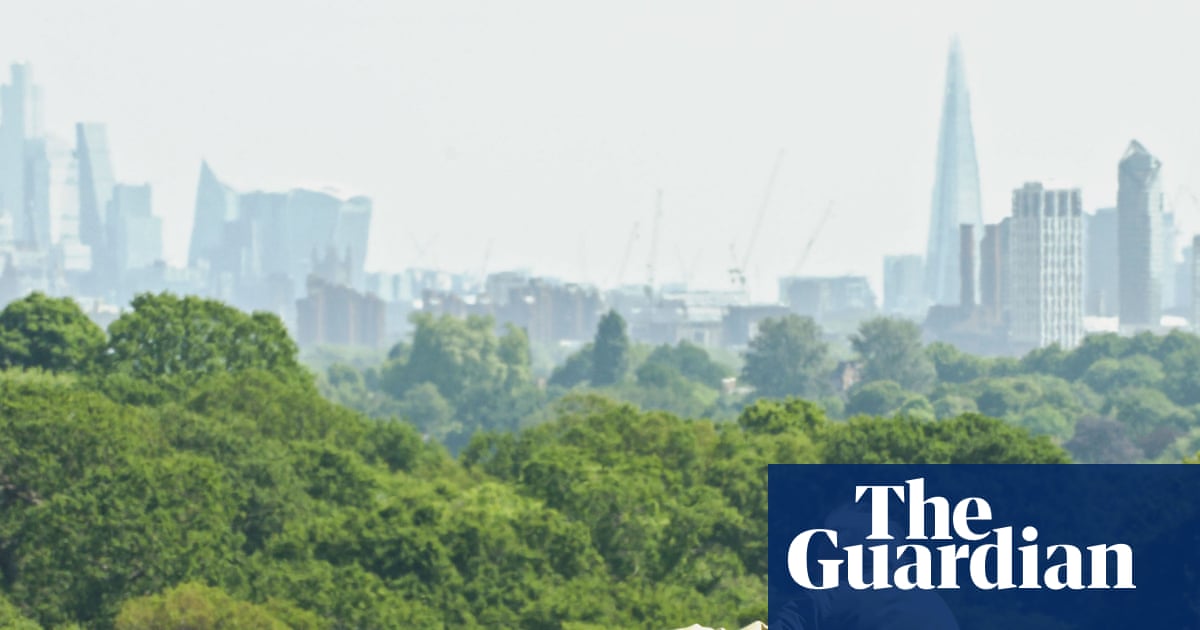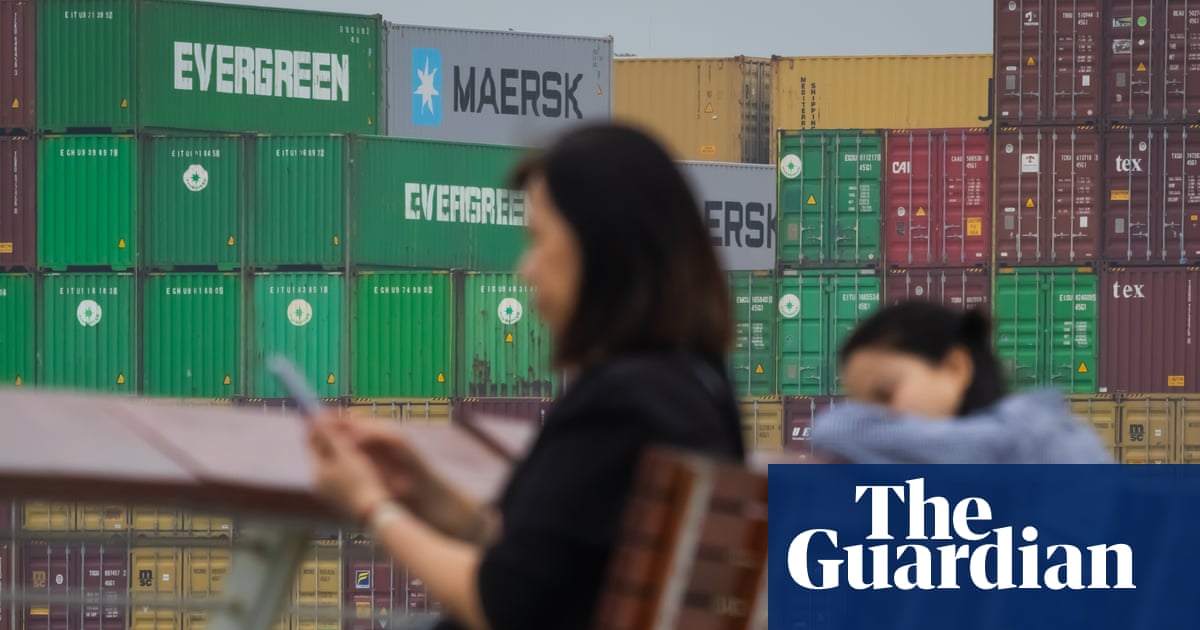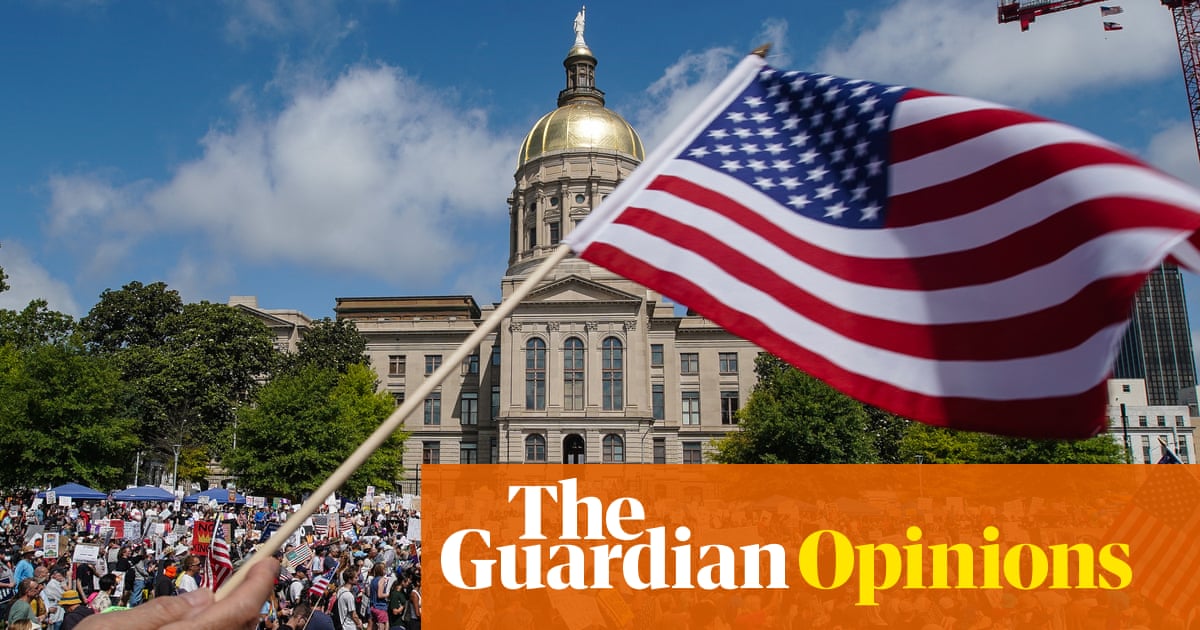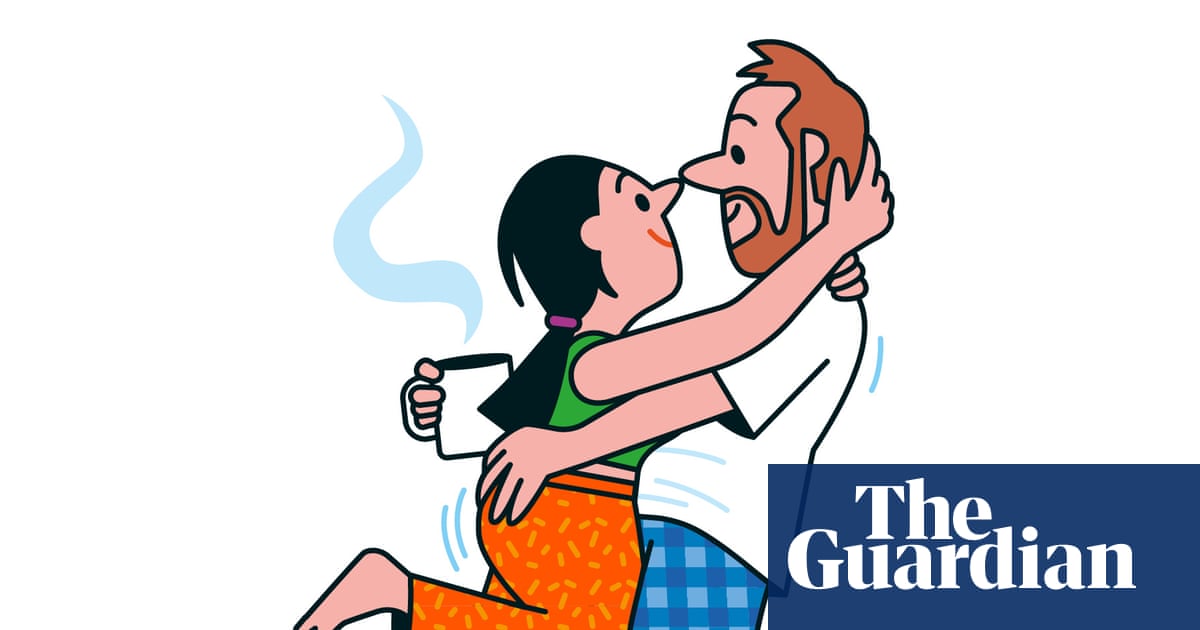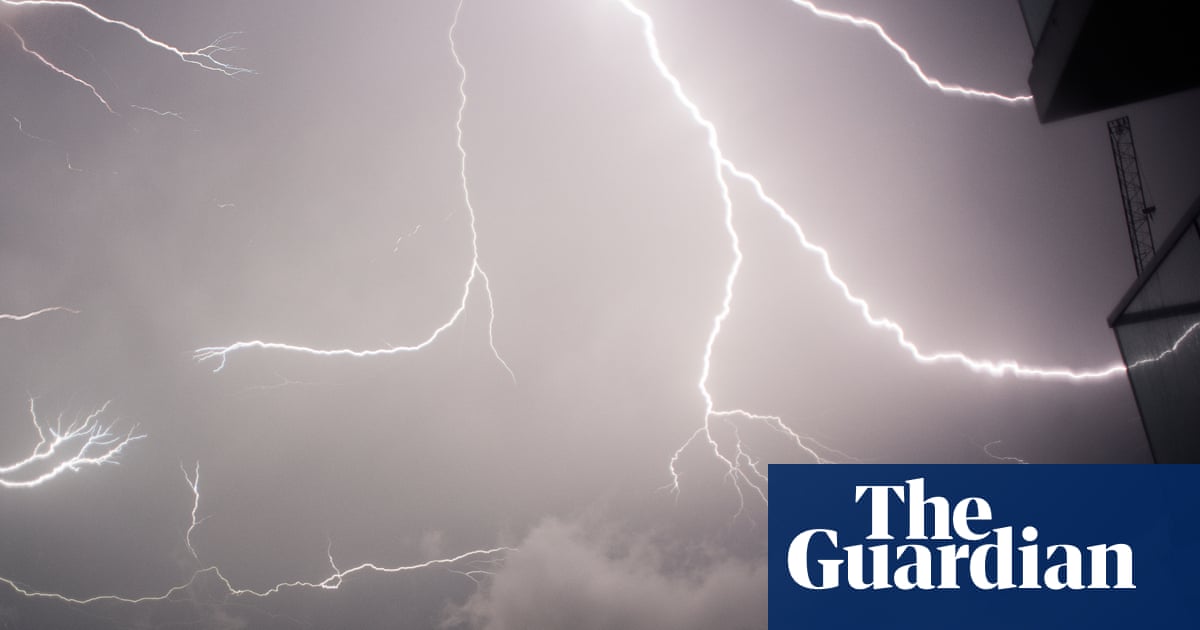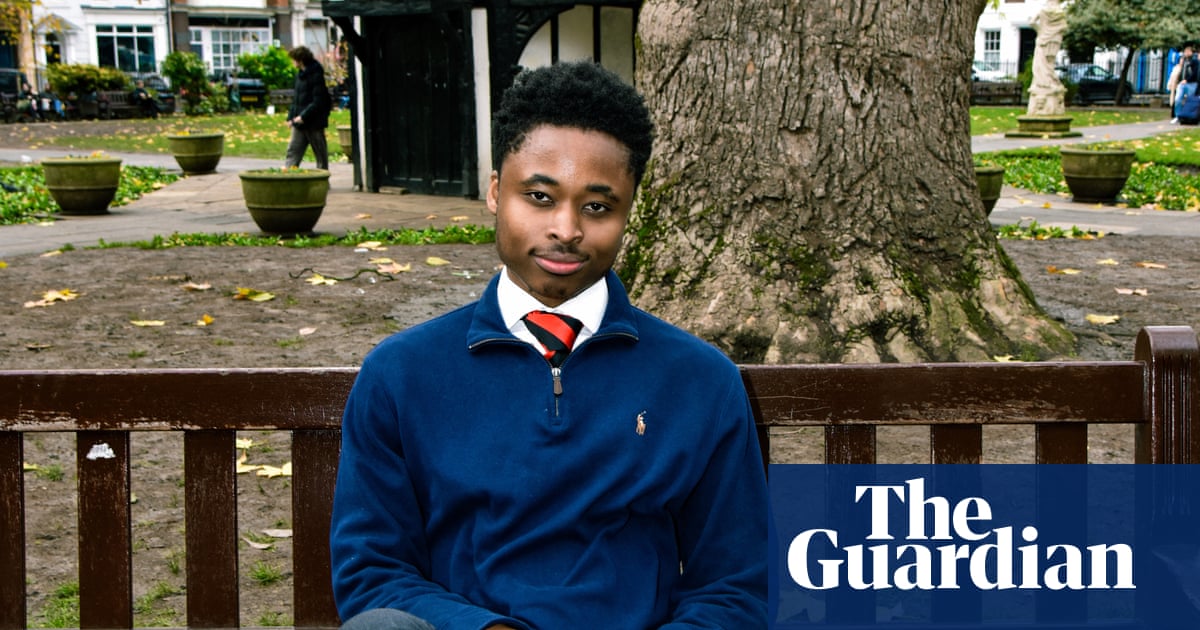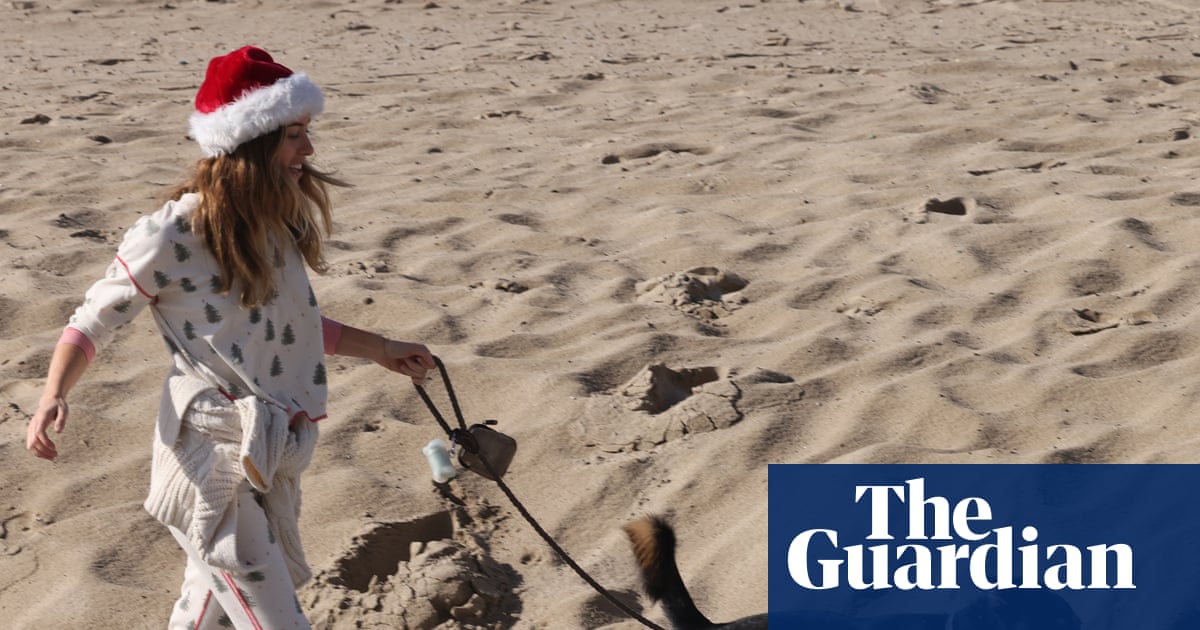“We have lost so much already, and we don’t realise it,” says Eparama Qerewaqa, recalling the cyclones that hit his community in Fiji.
When he was a child, Qerewaqa, now 27, would hear the flowing river as he slept, and during the day, he would run through forest paths, collecting guavas and mandarins before diving into creeks to catch prawns. Today, climate breakdown has made Nuku, the village he grew up in, a shadow of itself.
“The trees from my childhood are no longer here, and the fruiting seasons are also off now,” he says.
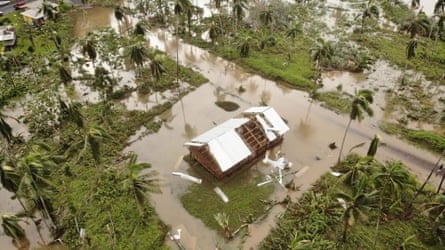
In 2020, the category five Cyclone Yasa hit Fiji, causing major damage and four deaths. It also displaced tens of thousands of citizens and destroyed 800 homes.
Qerewaqa still remembers the noise, smell, and adrenaline he felt during the cyclone, worried his roof could blow off or his walls might collapse, and listening for neighbours who could be calling for help.
“You wait for a break in the winds to check on them,” he says. “It’s a lot of fear at different moments.”
The Australian philosopher Glenn Albrecht coined the term “ecoanxiety” to describe the chronic fear of environmental doom. A recent study found nearly four in five children aged under 12 in the UK experience ecoanxiety, fearful of the state of the climate in the future. However, the term does not fully encapsulate the feelings of young people who endure natural disasters on the frontlines of climate breakdown.
Qerewaqa’s experience of ecoanxiety is layered, he says. Within it is the pain from the loss of land, identity and ancestral knowledge, as well as a fear of what Fiji’s young people will face in the future.
Qerewaqa works at Alliance for Future Generations (Fiji), a youth-led movement for sustainable development, and it is through this and his community that he finds optimism. “I have so much hope in my people,” he says. “They are so resilient, it escapes my vocabulary to find a word to describe how strong they are. It’s ancestral, in our blood, in our genes.”
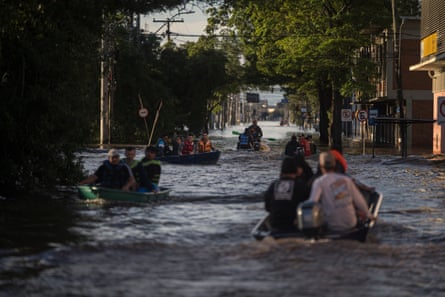
In Brazil, Amanda Rossini Martins, 27, recounts the impact of the Rio Grande do Sul floods that struck southern Brazil in May 2024. It was the worst flooding Brazil had faced in 80 years. Towns were submerged underwater and hundreds died.
“I remember walking through my home town after the water receded and feeling like I was in a postwar zone. It was shocking, surreal, and deeply painful,” Rossini says.
Today, the climate crisis scares her and makes her “question everything about human nature”. After the floods, she told her psychoanalyst that she thought she had more time: “I truly believed that, by working for climate justice and doing my best, I could somehow delay the worst. I didn’t expect it to hit home so hard and so soon.”
Her desire for motherhood has also been challenged as she “questions what it means to bring someone into a world filled with so much devastation and uncertainty.”
Like Qerewaqa, Rossini still clings to hope using her roles as a lawyer and activist for the group Latinas por el Clima to fight for climate justice.
“I see people fighting back,” she says. “I see biodiversity adapting and being resilient. I see joy, laughter, love, and children playing, and it reminds me of what we’re fighting for.”
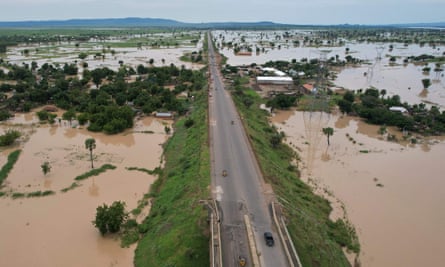
Two years before Brazil’s floods, a flood in Adamawa, Nigeria, would change Pwausoko Madayi’s life. In 2022, the smallholder farmer fulfilled his dream of becoming a soy farmer after investing nearly all of his savings into farm inputs and labour. The flooding would take that all away.
“It destroyed all the farmlands and everything was ruined,” Madayi says. “There was a lot of grief because we are smallholder farmers and we farm to get food for our families. We farm to feed the hungry, not for commercial services.”
After the “traumatising” flood, Madayi was left with minimal savings and tried to find a new job, but his searches were unsuccessful. With no other options, he returned to farming, but has given up trying to cultivate soy.
“I am scared to farm soy now and want to stick to rice farming because it survives in swampy water,” he says.
Madayi, who grew up by the Benin River, says flooding was a “once-every-10-year-occurrence” when he was a child but that now heavy flooding occurs every year.
Each year of flooding there are farmers who lose the ability to work on their land but receive no mental health support to deal with the loss.
“Till this day, I still have that fear,” Madayi, now 29, says. “When I think of venturing into any other thing I feel scared, even to venture into irrigation systems. What if the floods come and destroy everything again?”
Madayi created the GreenNest Sustainability Hub, a social enterprise aiming to fight climate breakdown and support farmers in adopting climate-smart agricultural methods.
As the climate crisis worsens, the range of people who experience ecoanxiety is growing. Some are tackling the feeling through therapy, prayer or by spending time in nature.
Though such actions are often solitary, Rossini says being with one another can help people hold on to hope but also drive action, she says: “The small but meaningful acts of joy, whether that’s laughing with friends or creating something beautiful – these moments remind me of what we’re fighting for.”

 3 months ago
51
3 months ago
51
